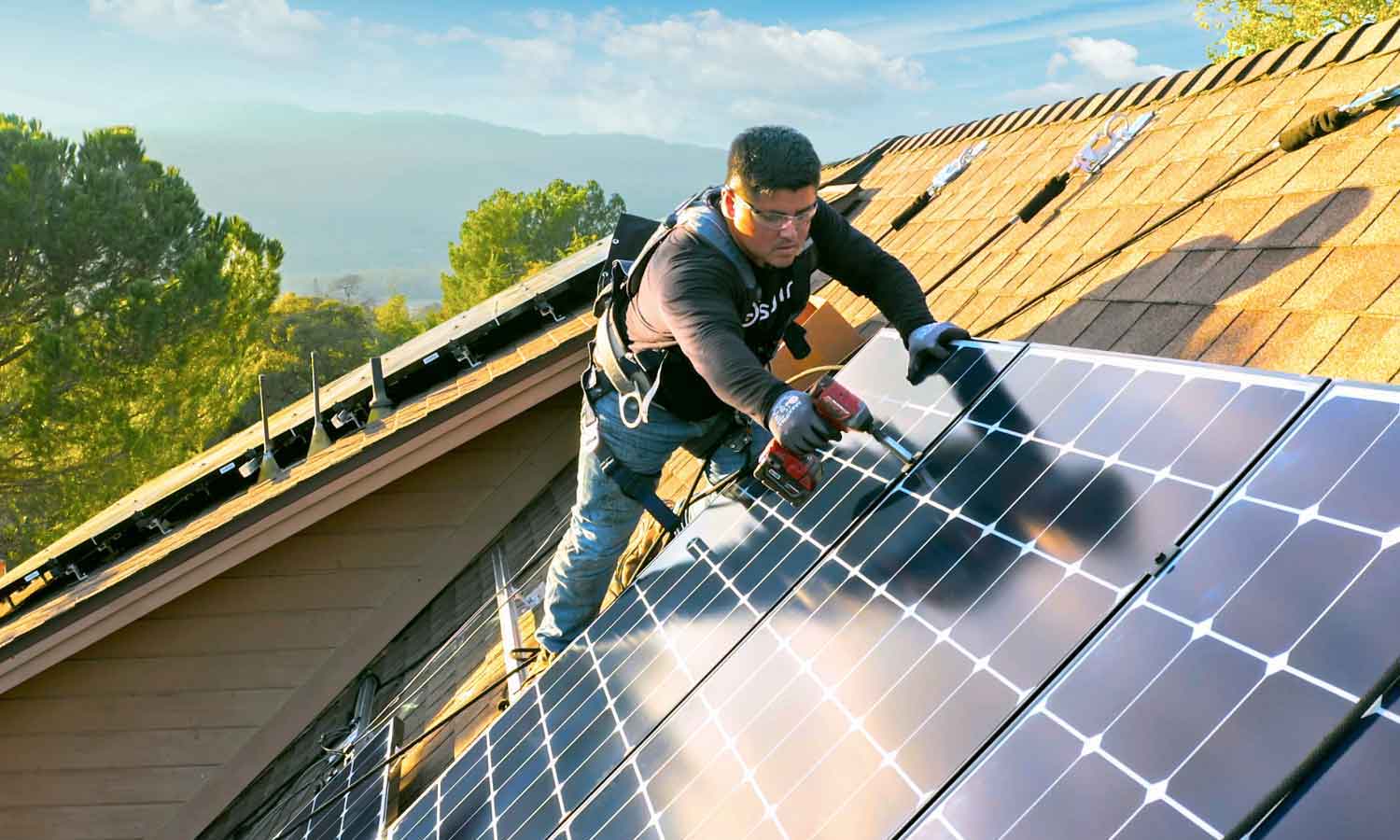Experience Peace of Mind for Decades to Come with Sunrun Rooftop Solar Panels
When you team up with a solar company like Sunrun, you can create your own affordable, clean energy and gain independence from your utility company. A Sunrun solar installation can help power your home when the sun is out while you boost control over your energy usage and reduce your dependence on fossil fuels.
We offer several residential solar plans to help you start your solar journey. Find out which is the ideal fit for your budget and unique energy needs.
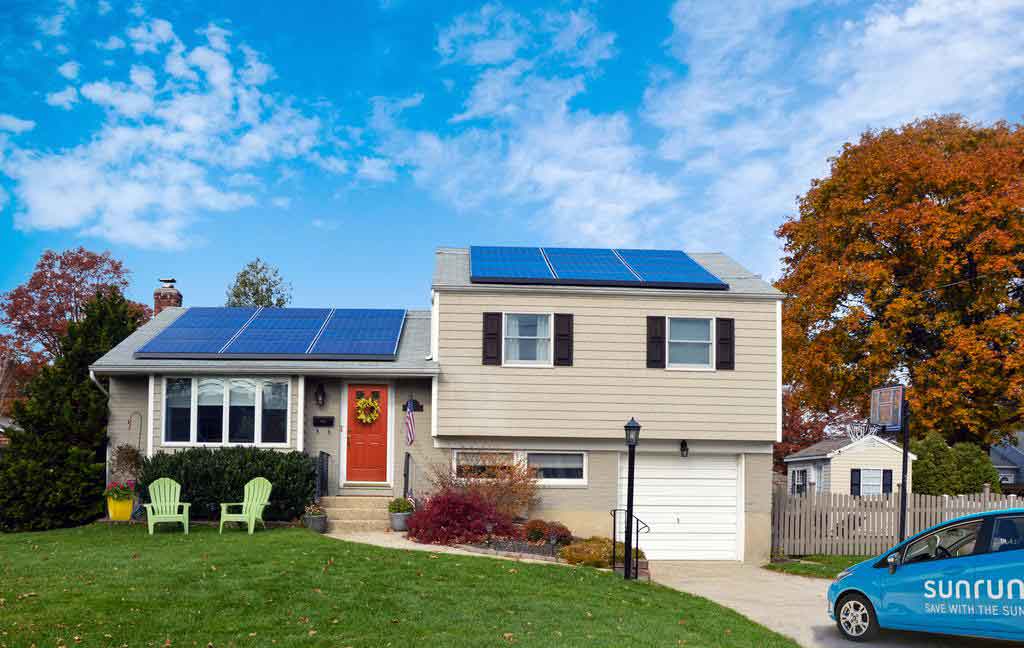
Why Sunrun Solar Panels?
We offer some of the best solar rooftop panel systems on the market, and you can bring them home through a lease payment plan, flexible solar financing, or by paying outright. Our made-to-fit solar solutions, paired with exceptional service and our industry-leading solar guarantee, have positioned us as the leading residential solar and energy storage company in the U.S.1
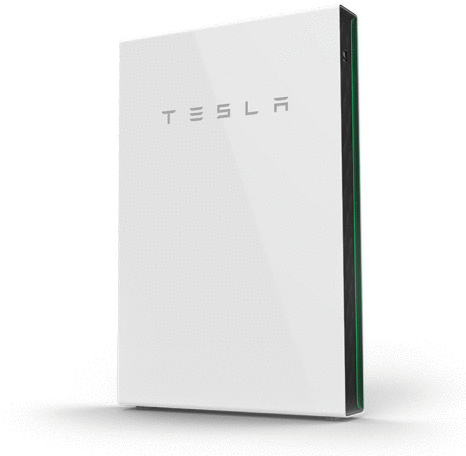
Boost Your Home’s Solar Potential with Brightbox™ Battery Storage Service
Solar panels are just one part of the solution to experience energy freedom and security. To ensure you get the most out of your home energy system, consider adding a solar battery back-up service like Sunrun's Brightbox. Hundreds of millions of people were affected by blackouts from 2008 to 2017.2 With Brightbox, you can keep your lights on and your food fresh during outages with a smart, affordable, and reliable back-up power system.
Benefits of Adding Sunrun's Battery Storage Service to Your Solar Panels

Protection during outages
Brightbox doesn’t need dangerous, expensive, and toxic fossil fuels to work.3 When the sun is out, it can store clean and affordable back-up power for later use.

Flexible energy backup
Brightbox paired with a Tesla Powerwall can help you back up your entire home, or you can back up just the rooms you need with an LG Chem solar battery.*

Worry-free warranty
Tesla Powerwall and LG Chem solar batteries can last anywhere from 10 to 15 years, and they typically come with a 10-year manufacturer warranty for your peace of mind.
Solar with incentives
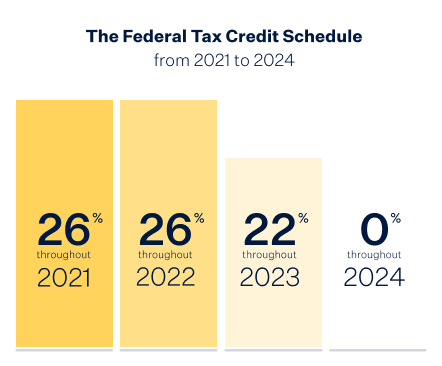
- Learn about the federal tax credit
- Find your ideal system and battery
- Get your cost to switch to solar
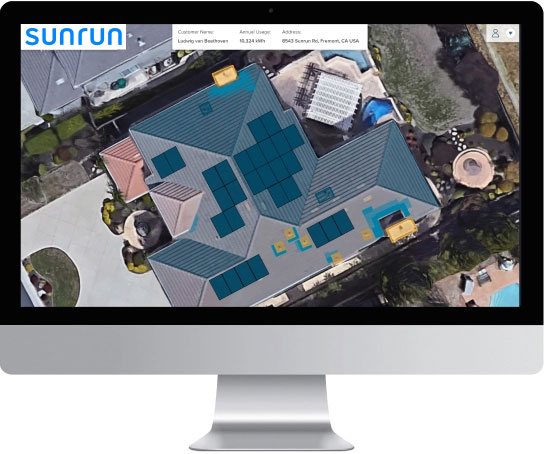
Get Your Personalized Home Solar Panel System Design, Today
Our Automated Site Modeling tool is a revolutionary technology that allows us to design a custom Sunrun home solar energy system based on your roof’s unique dimensions and layout.
Sunrun’s Automated Site Modeling tool will use your roof’s individual profile, including shading, pitch, sun exposure, seasonality, and roof obstacles. This will ensure that the designed Sunrun solar panel system matches your home’s structure and unique energy needs. A customized system can let you know your potential control over your future electricity bills
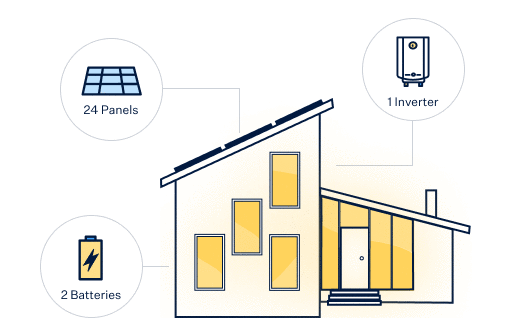
Is It Better to Lease, Finance, or Own a System?
Sunrun’s Product Selector is an innovative and simple tool. It lets you know in minutes which solar plan, with or without a home battery, can give you and your family more benefits in the long run, depending on where you live.
Sunrun’s Product Selector will use information about your roof’s type and pitch, your household size, and other important aspects, like if you have a home office or if you need back-up power, to recommend the best Sunrun home solar plan for you. This can help secure the peace of mind you deserve during rising energy costs and power outages while reducing your carbon footprint.
Frequently Asked Questions
See the states where Sunrun is currently available and the solar incentives that might be offered where you live. Some of the most common solar incentives include tax credits, property tax exemptions, and rebates. No matter what state you live in, you may be eligible for the Federal Solar Tax Credit (ITC)** if you decide to purchase a home solar energy system.
You can get a Sunrun monthly plan to lease your solar panels or prepay for your renewable energy through a solar power purchase agreement or PPA plan. As a result, any incentive savings you would receive through tax credits and rebates with a system purchase can be passed to you in the form of a lower solar bill.
You can’t talk about solar panels without talking about silicon. Silicon is a non-metallic element and the second-most abundant material on earth.4 It can also convert sunlight into electricity, and it’s a key component in a solar system (also known as a photovoltaic, or PV system).5
Solar panels, solar cells, or PV cells, are made by slicing crystalline silicon (also known as wafers) that are millimeters thin. These wafers are sandwiched between protective glass, insulation, and a protective back sheet, which make a solar panel. The back sheet helps to regulate the temperature and humidity to optimize the solar panel’s efficiency.6 Multiple solar panels connected together create a solar array, and ultimately, a solar system.
Then there’s the physics of how solar cells work: Electricity is made when electrons move between atoms. The top and bottom of a silicon wafer in the solar cell are treated with small amounts of atoms of extra materials—such as boron, gallium, or phosphorus—so that the top layer has more electrons and the bottom layer has less. When the sun activates the electrons in these oppositely charged layers, the electrons move through a circuit attached to the panels. This flow of electrons through the circuit is what generates the electrical current that ultimately powers a home.7
1. Monocrystalline solar panels:
Monocrystalline solar panels have the highest efficiency and power capacity out of all other types of solar panels. Another reason why people choose them is because of how they look. The solar cells within monocrystalline panels are square-shaped and have a single, flat black color, making them the most popular type of solar panels among homeowners.8 Sunrun uses monocrystalline PV modules in all its home solar systems.
2. Polycrystalline solar panels:
The manufacturing process of polycrystalline solar panels is less costly than monocrystalline panels, but it also makes them less efficient. Usually, polycrystalline solar panels don’t have the corners cut off of them, so you won’t see the large white spaces on the front of the panel that you see on monocrystalline panels.8
3. Thin-film solar panels:
Thin-film solar panels are less costly and easier to install than their counterparts. Still, they aren’t the best option for a home solar installation due to their efficiency, lightweight material, and durability.8
When you consider investing in a solar installation, you might wonder how long home solar panels last. Studies show that solar panels can last anywhere from 20 to 30 years, or sometimes longer.9 Still, this doesn’t mean the panels on your roof will stop producing electricity after a couple of decades. It just means their energy production will decrease by what solar panel manufacturers consider optimal to meet the average household's energy needs.
All of our solar equipment is backed by factory warranties. On top of that, our monthly solar lease plan and prepaid solar plan (also known as a solar PPA) come with 24/7 proactive monitoring and free maintenance on us. If we notice that your rooftop panels or solar battery aren’t working at their full capacity, we’ll send an expert over to fix it without you lifting a finger. This benefit sets Sunrun apart from the other solar installers in the country.
After you enter a few details about your home, our Automated Site Modeling tool will analyze hundreds of thousands of variables in home solar system designs to build a high-resolution image of the ideal system for your roof. These factors include your home’s pitch, seasonality, sun exposure, shading, and roof obstacles. This helps Sunrun guarantee you receive maximum benefits from your new home solar system.
After you answer a few simple questions about your home’s details, lifestyle, and electricity usage, Sunrun’s Product Selector will let you know if a monthly lease plan, prepaying for your solar energy, financing a system, or purchasing outright—along with a back-up power service—is the most cost-effective solution for your unique needs.
Yes. At Sunrun, we’re committed to providing you with the best technology, services, and tools, like our Automated Site Modeling tool and Product Selector, to make your switch to solar as affordable and straightforward as possible. This can help you worry less about controlling your electric bills and protecting your home during outages while reducing your carbon emissions for decades.
Rooftop solar panels can get hot, particularly during scorching summer days. If the panels do get hot or overheat, they can produce less energy as the temperature rises above their optimal energy production range.
In general, residential solar panels are designed to reach their peak efficiency level at 77 °F (25 °C), but their efficiency will decrease by 0.5% for every degree above this temperature. The actual percentage of lower production varies by the solar panel’s manufacturer and model. Ultimately, you want to aim for an exterior temperature range of 59 to 95 °F (15 to 35 °C). Yet, it’s unrealistic for rooftop solar panels to stay within this range all year, especially in places where temperatures can go past 100 °F (37.8 °C). Fortunately, most solar panels can withstand heat up to 149 °F (65 °C).10
Nonetheless, solar panel overheating can be prevented. Many solar panel manufacturers cover the panels in a material that generally conducts and vents heat away from the glass. In addition, solar panels are usually mounted a few inches above the roof, which allows airflow space to help move heat away from the panels.
Despite the reduction in efficiency from extreme heat, solar energy generation doesn’t stop. The lower electricity production due to scorching weather balances out with the longer days of sunlight throughout the seasons. Although solar panels work best on cold, sunny days, they produce solar power year-round in nearly every location and climate.
Solar panels create energy from sunlight—not the sun’s heat. In fact, solar panels produce electricity more efficiently in cooler conditions. Even in the most frigid weather, solar panels can turn sunlight into electricity.
How does this work? Colder temperatures enhance solar energy production efficiency, which increases the amount of electricity produced. Electrons are at rest in cooler climates. When the electrons in solar panels are activated by increasing sunlight, a voltage difference is attained that creates an electric current.
Warmer summer temperatures raise the overall energy levels of electrons in solar panels. This increased energy level decreases the energy differential that can be gained, producing less energy. A higher energy state interferes with solar panel electricity production since some energy transfers into heat instead of electricity. Your home doesn’t need to be in a warm-weather state like Arizona, California, Nevada, or Texas to generate year-round reliable solar power.
While solar panels need sunlight to create electricity, there are two ways you can benefit from solar power during the nighttime: enroll in a net energy metering (NEM) program (if it’s offered where you live), or add a home battery storage service, like Sunrun’s Brightbox.
1. Net energy metering (NEM): Lower-cost grid energy at night
If NEM is offered in your state and by your utility, you may be eligible to earn credits on your bill for the excess solar energy you produce and send to your utility company.11 At night, you could use those credits toward drawing electricity from the grid at a lower cost. Net metering may help you save money on your future electricity bills. Visit your utility company’s website for more information.
2. Solar battery storage: Reliable, affordable back-up energy, day and night
A battery storage service like Brightbox can let you store the excess solar power you produce for later use. This stored solar energy can help keep your devices and appliances running at night, during outages, cloudy days, and rainy afternoons.
Brightbox offers two lithium-ion solar battery storage options: Tesla Powerwall and LG Chem. Tesla Powerwall can help yo back up your entire home while LG Chem can help you back up to four circuits inside your home. There are also differences in software and app functionality.
Request a free, personalized quote to connect with a Sunrun Solar Advisor and determine which Sunrun back-up solution would work best for your home.
Brightbox allows you to store the excess energy your solar energy system produces during the day to use it in the evening, at night, or when the electric grid fails due to physical damage or an extreme weather event or.
Aside from very rare exceptions, Sunrun’s Brightbox service includes rooftop solar panels. Brightbox can store 100% clean, renewable, home-grown solar power directly from the rooftop panels when the sun is out, so you can use it when you need it most.
At this time, Brightbox with a Tesla Powerwall or LG Chem solar battery is only available in the installation of a new Sunrun home solar system due to tech compatibility issues. We can’t install rooftop solar panels or a home battery if you already have an existing solar installation or if Brigtbox’s battery storage service isn’t available in your area.
Once you’re approved for a solar installation, your property will undergo a site assessment, and an expert solar technician will schedule a visit with you to confirm your system design.
After that, our Solar Design Experts will make any necessary adjustments to your design and get your final approval. Once it’s approved, we’ll submit your design to the city for permitting, which can take up to eight weeks. From there, either Sunrun or one of our local certified partners will start your solar installation. We only partner with the top-rated solar installers, so you can rest easy knowing you’ll have the highest quality solar installation available.
When your installation is finished, the city or county will perform a final inspection of your system. Once it’s approved, it’ll be connected to the grid, and we’ll submit your documents to the utility company. After your utility company grants Permission to Operate (PTO), you’ll be all set to start powering your home with the sun.
We have an entire team of professionals standing by to help you sell your solar home and transfer your contract, if applicable, to the new owners. Sunrun makes it easy to pass your solar lease or power purchase agreement (PPA) to the new owners. Our Service Transfer Specialists handle everything from educating realtors and potential buyers to working with escrow officers, title agents, home inspectors, as well as anyone else who might need to know about your system and solar lease or PPA agreement.
SOURCES:
1. Sunrun ranked as leading solar-plus-storage vendor
2. Eaton Annual Blackout Tracker Report
3. CDC — Carbon Monoxide / Generator Safety Fact Sheet
5. Crystalline Silicon Photovoltaics Research
7. ACS — How a Solar Cell Works
8. Types of solar panels: which one is the best choice?
9. SEIA — Recycling & End-of-Life Considerations for Photovoltaics
10. Blue & Green Tomorrow — Can Solar Panels Overheat?
11. SEIA — Net Energy Metering (NEM)
*One Tesla Powerwall stores 13.5 kilowatt-hours (kWh) of usable electricity, which can be used to back up the home for a day. An LG Chem solar battery holds 9.8 kWh, which can be used to back up essential parts of the home from 8 to 12 hours.
**We recommend contacting a tax professional to accurately determine the impact of the solar Investment Tax Credit (ITC) on your federal taxes.
